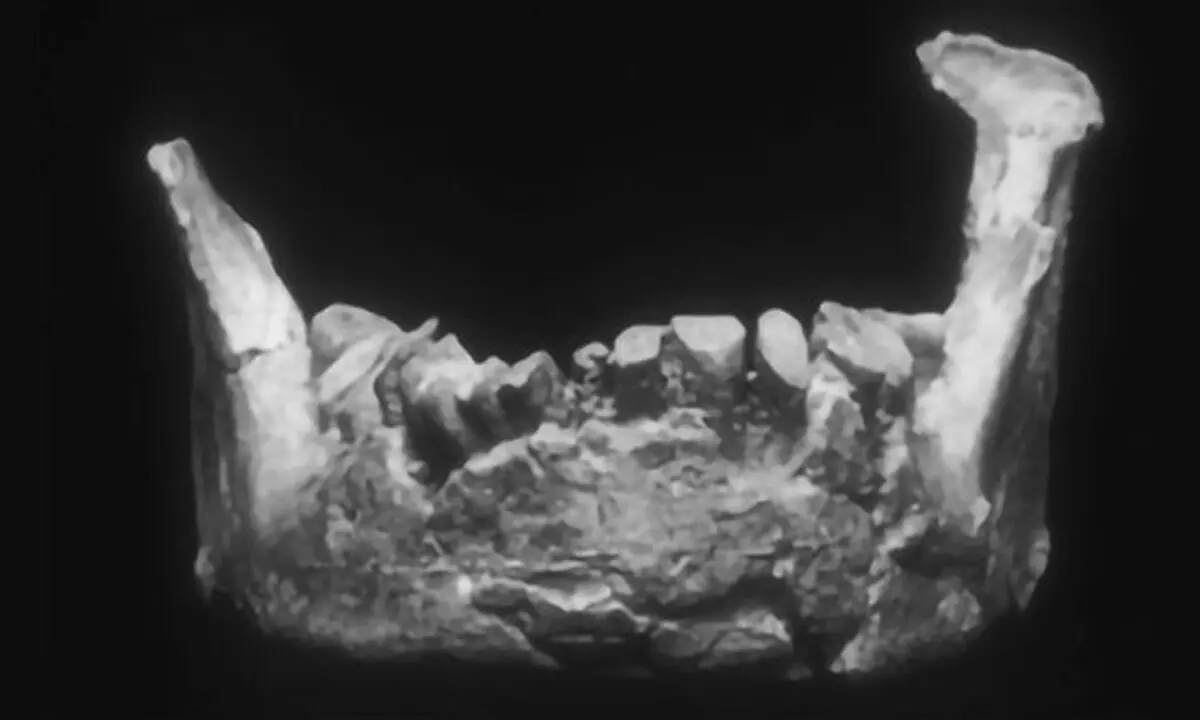New Analysis Found That Oldest Fragment of Modern Humans In Europe Might Be The Oldest And Rarer Anatomy

New Analysis Found That Oldest Fragment of Modern Humans In Europe Might Be The Oldest And Rarer Anatomy
- The oldest known piece of Homo sapiens anatomy on the European continent and is thought to have been made between 45,000 and 66,000 years ago.
- The actual bone was discovered in the Spanish town of Banyoles, after which it is named, in 1887.
The shattered mandible has no connections to other Neanderthal remains, according to a recent research. Instead, it may be the oldest known piece of Homo sapiens anatomy on the European continent and is thought to have been made between 45,000 and 66,000 years ago.
The actual bone was discovered in the Spanish town of Banyoles, after which it is named, in 1887. Since then, it has been fairly thoroughly studied by scientists, who have dated it to a period in the Late Pleistocene when Neanderthals dominated the region that is now Europe. Scientists came to the conclusion that Banyoles actually belonged to a Neanderthal as a result of this and the bone's antiquated shape.
Palaeoanthropologist Brian Keeling of Binghamton University in the US explained that based on its age, location, and the absence of one of the characteristics that distinguishes Homo sapiens, the mandible has been studied over the course of the past century and was previously thought to belong to the Neandertal phylum.
Keeling and his colleagues used a technique called three-dimensional geometric morphometric analysis to conduct a thorough analysis of the bone. This non-invasive procedure entails meticulously examining a bone's morphology, charting its properties, and contrasting them with other remains. High-resolution 3D scans were taken, and these were used to recreate the missing sections in addition to studying the bone. Then they made comparisons between Banyoles and modern human and Neanderthal mandibles.
With one exception: the lack of a chin, it seemed more compatible with the jawbones of our own branch of the family tree. This was problematic because Homo sapiens are distinguished from other ancient humans by having chins. Banyoles also had traits in common with prehistoric hominins who lived in Europe hundreds of thousands of years ago.
The bone was compared by the researchers to one from the early modern human, whose bones were discovered in Romania between 37,000 and 42,000 years ago. It has a chin but is best known for having Neanderthal features.
A single Neanderthal ancestor who lived four to six generations ago was identified through DNA analysis in that jawbone, which likely explains its mixed features. The team came to the conclusion that Banyoles' peculiar shape is unlikely to be due to the individual being a hybrid because it lacks Neanderthal features.
According to the researchers, there is only one way to solve the riddle: try to extract some DNA from the bone or one of the teeth and sequence it.
















